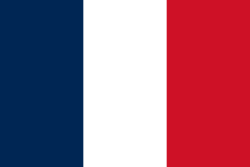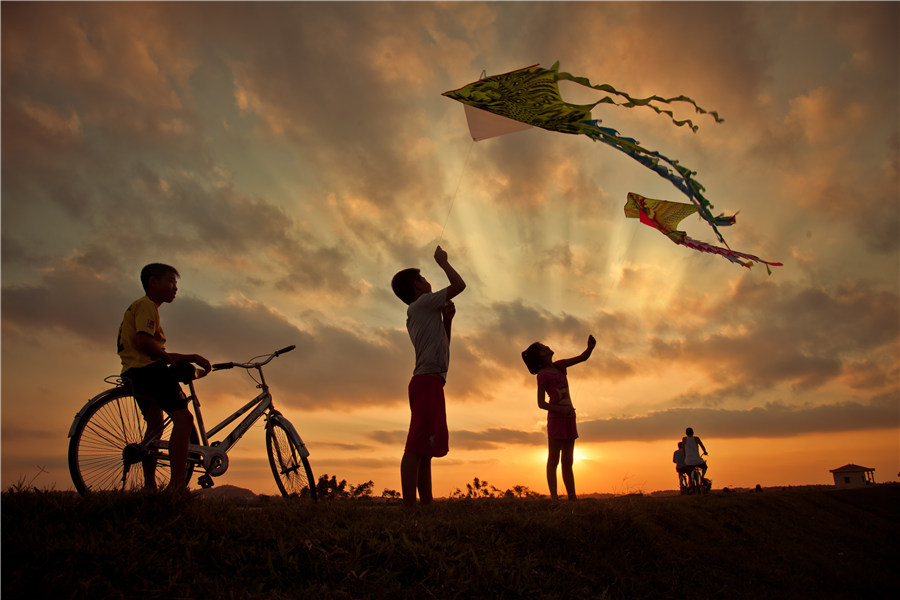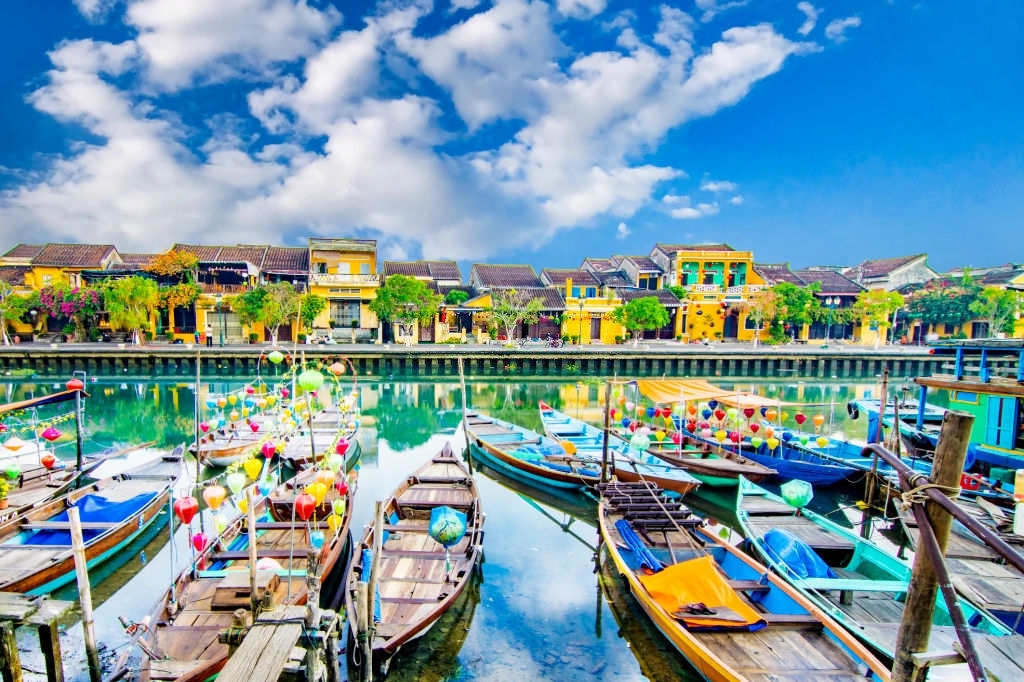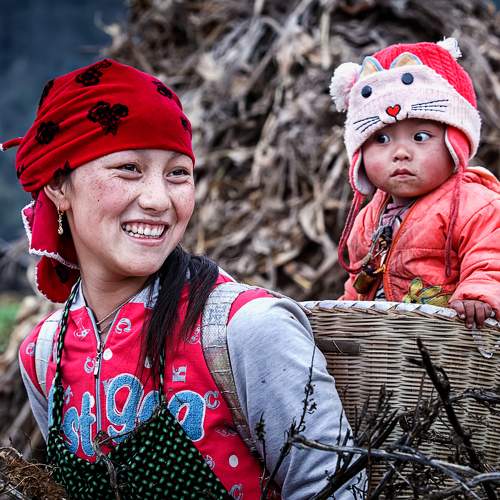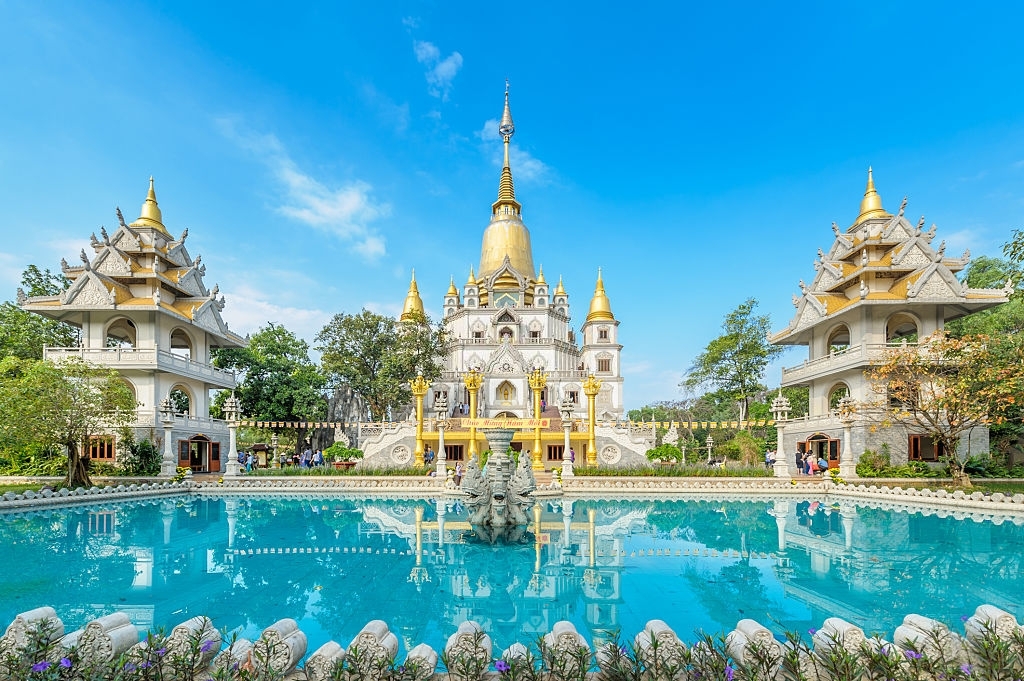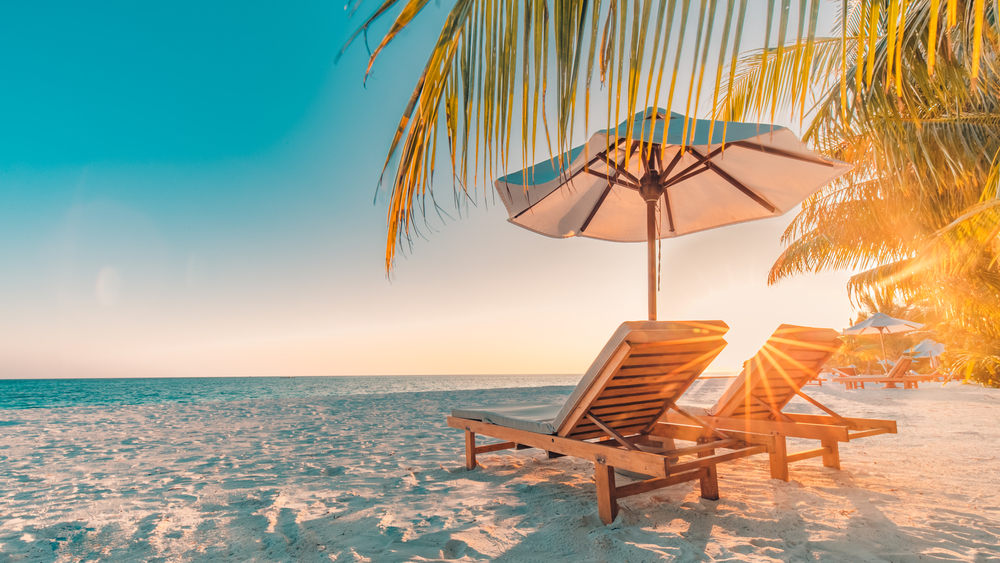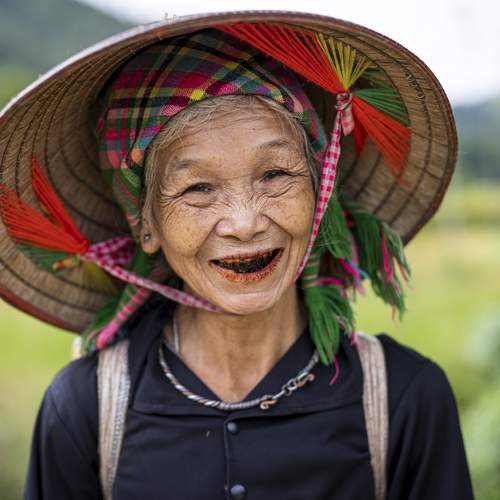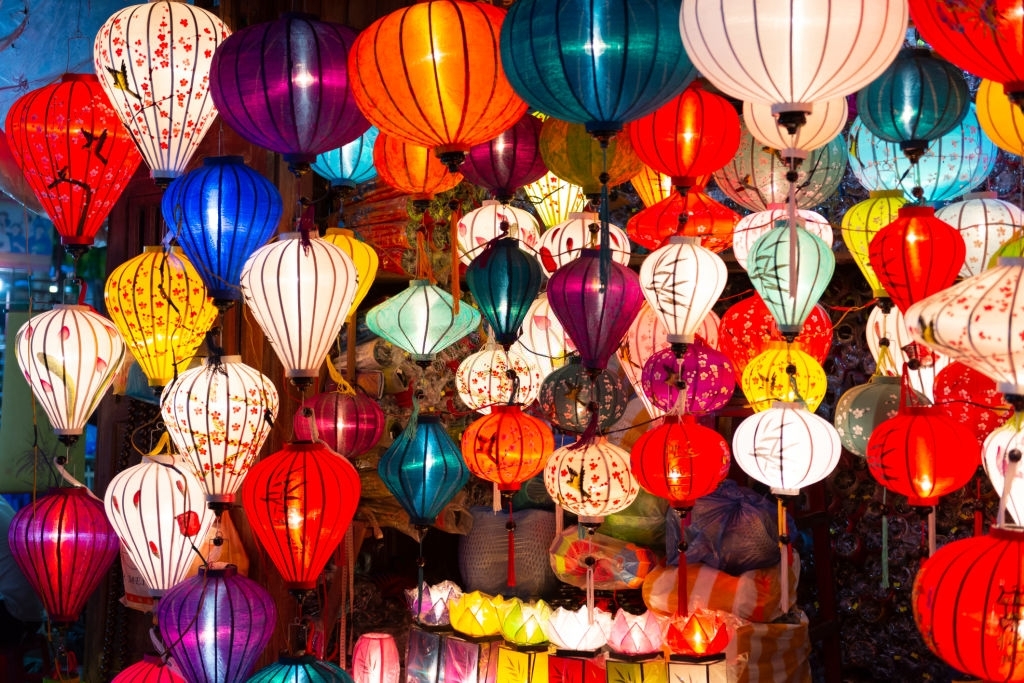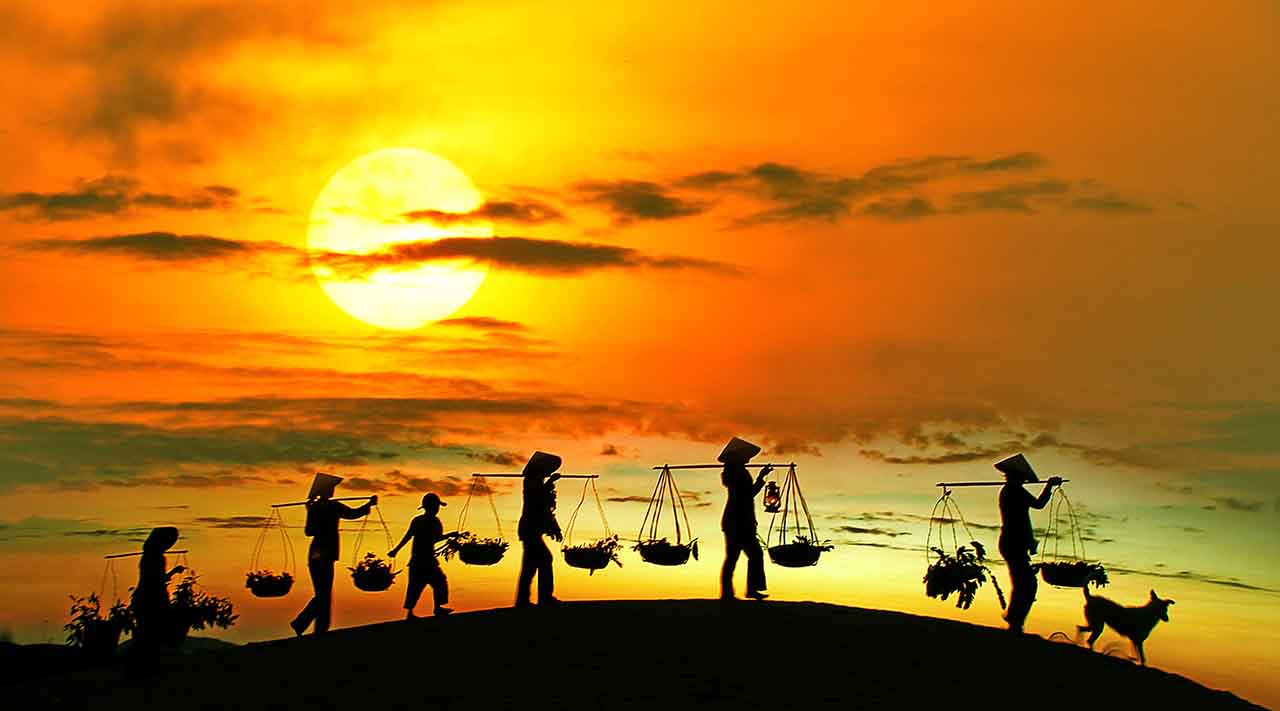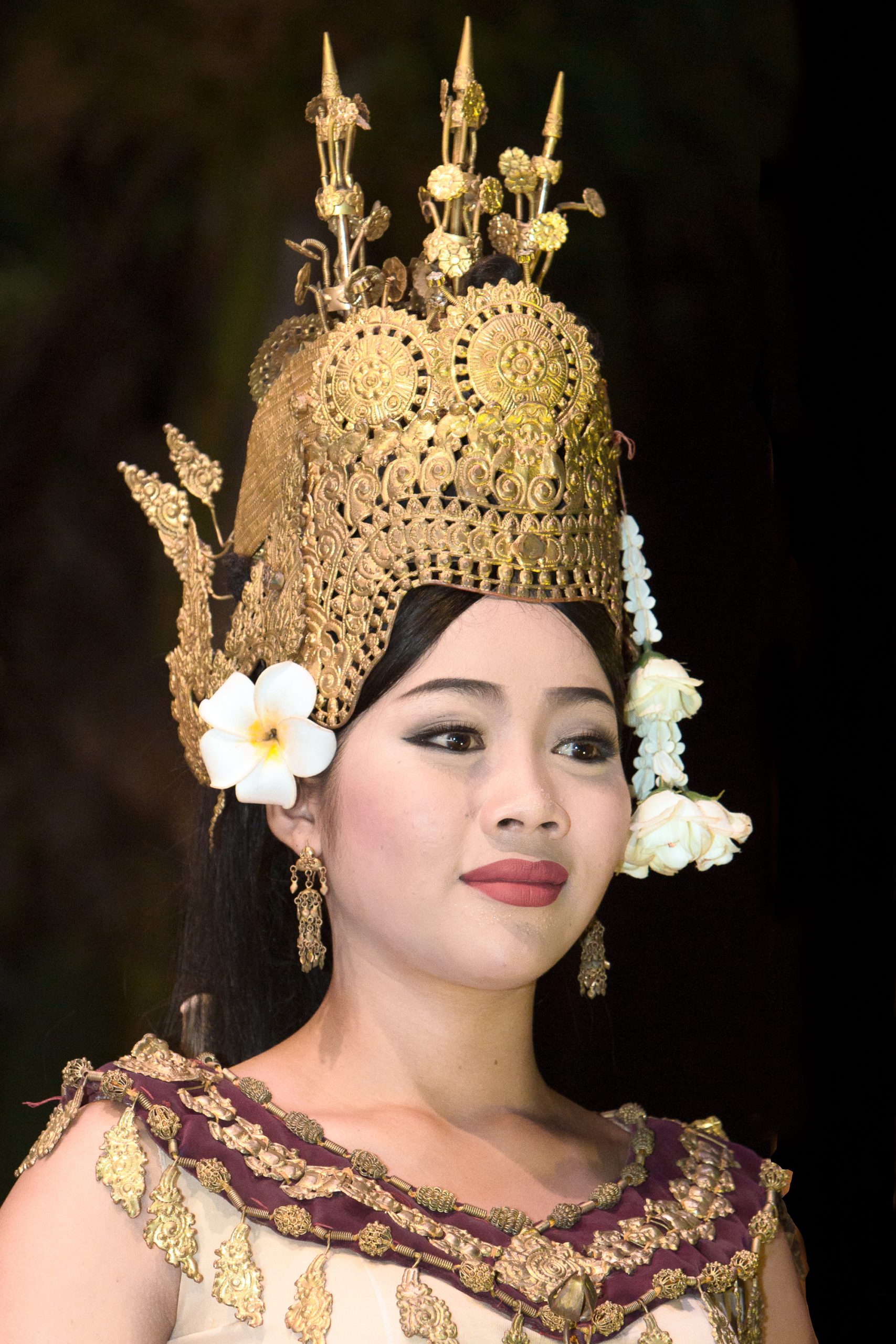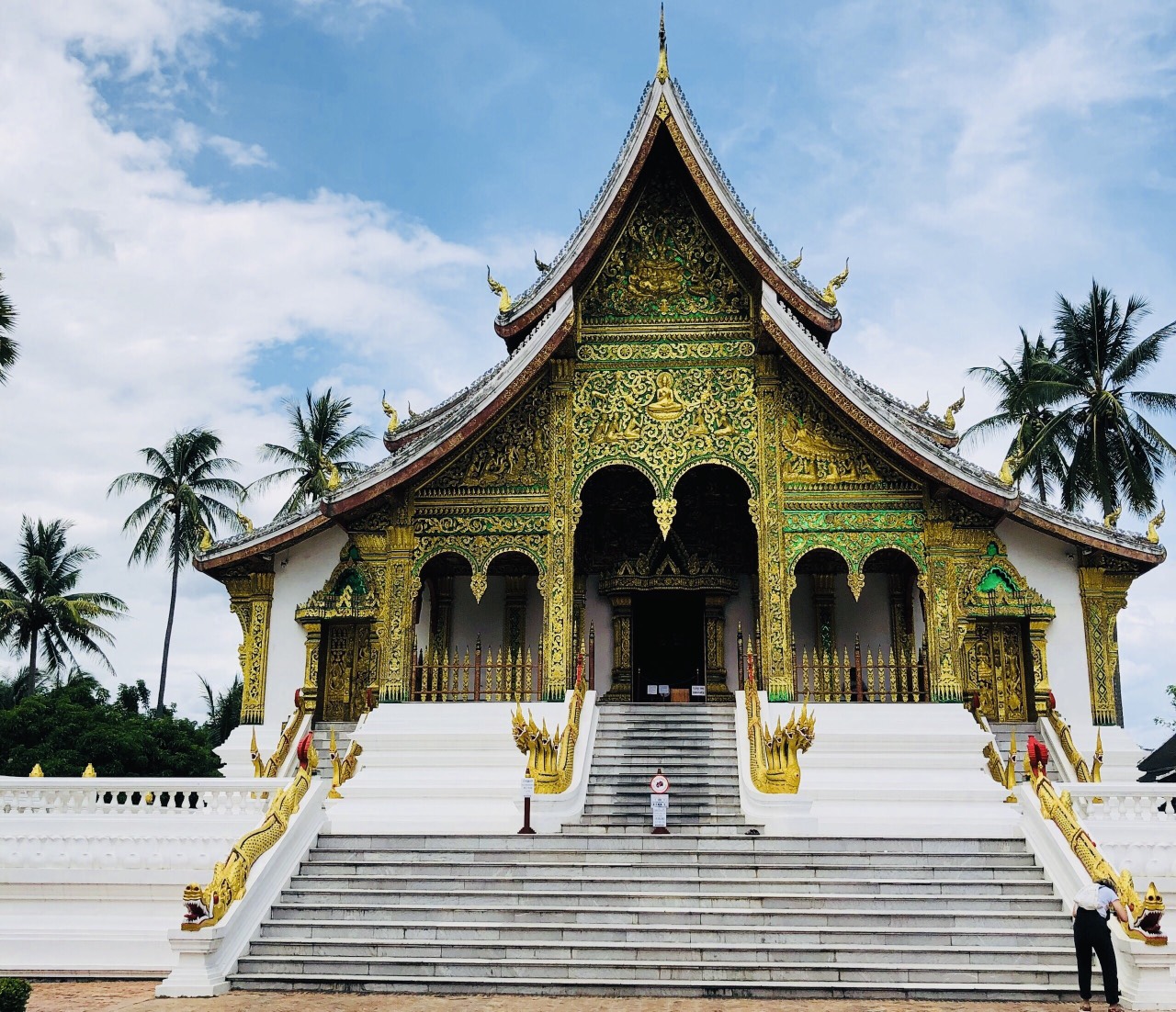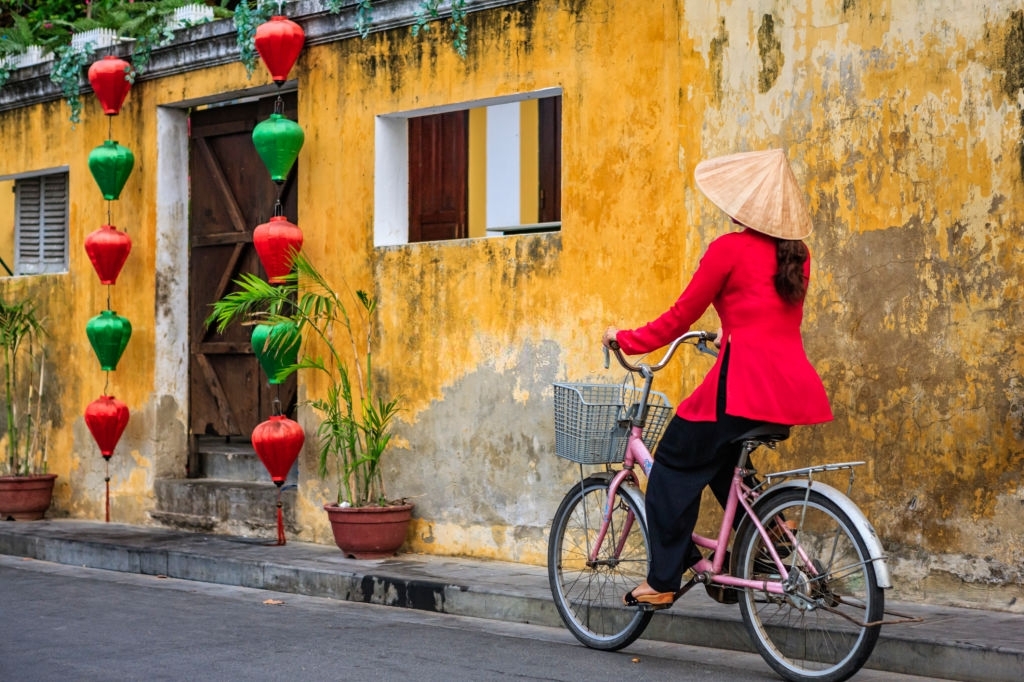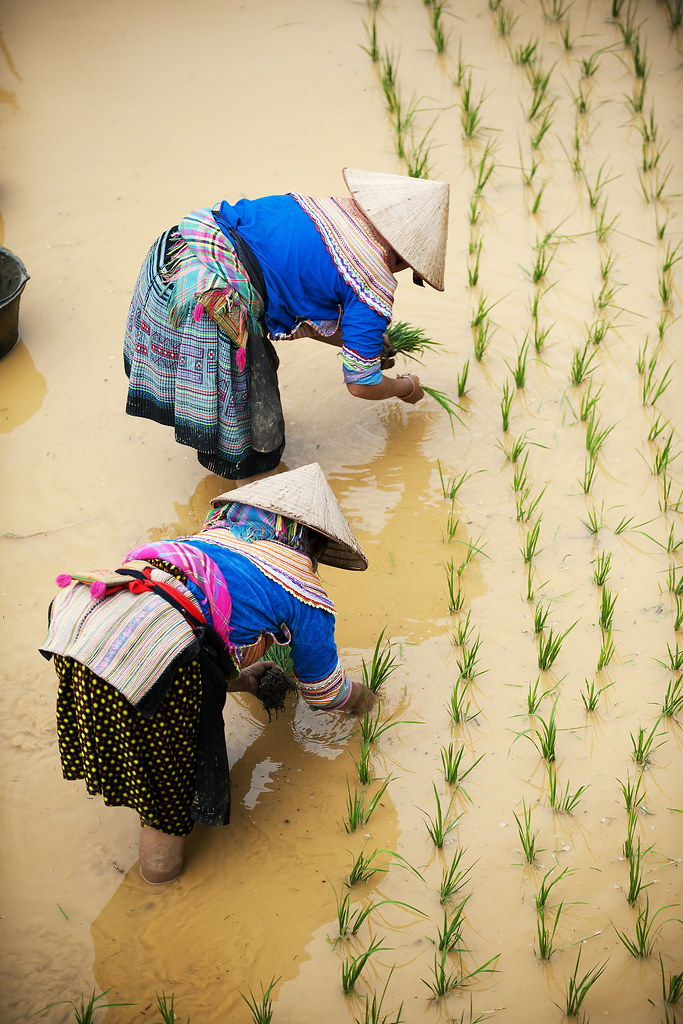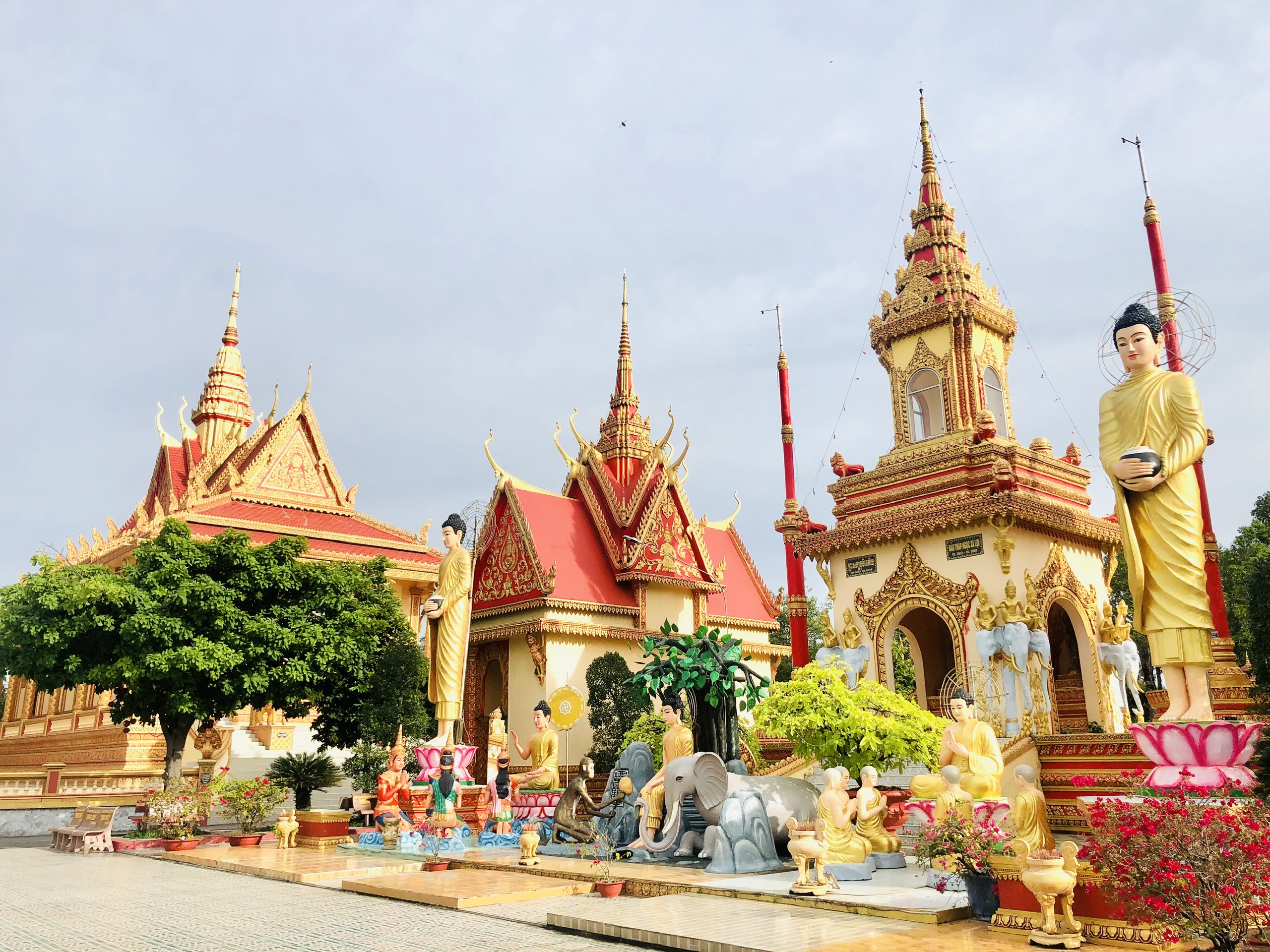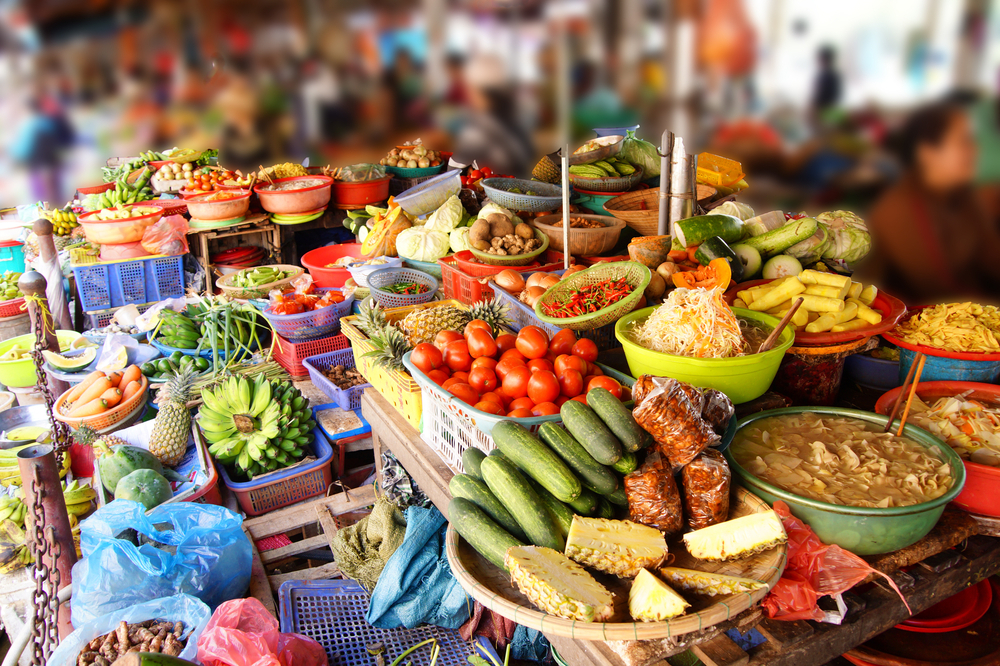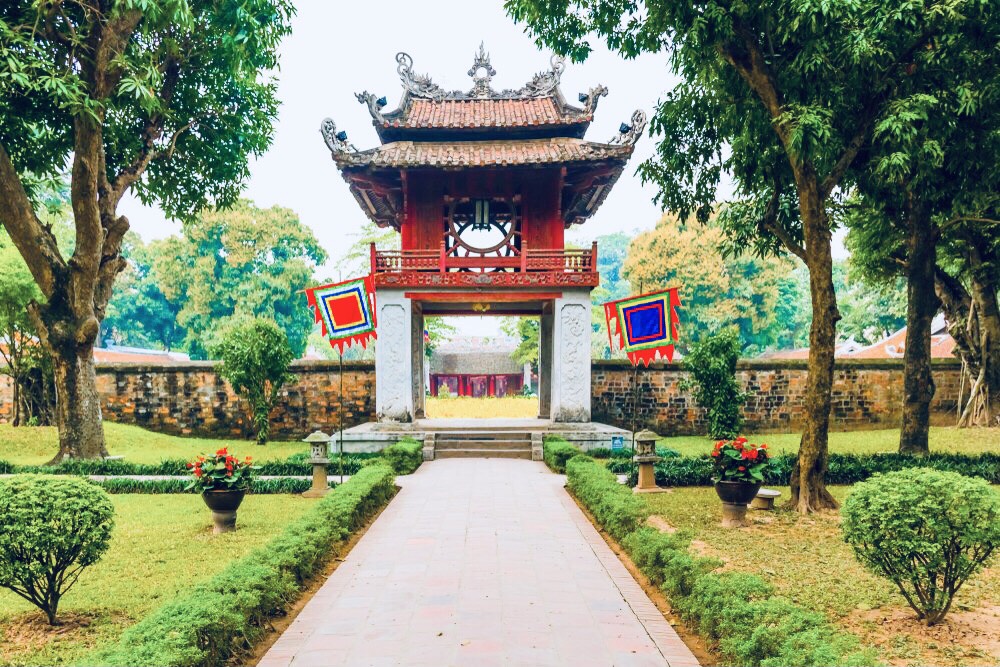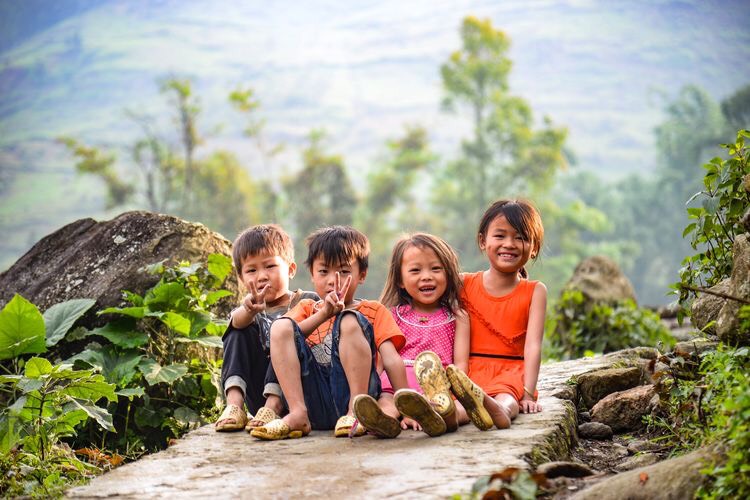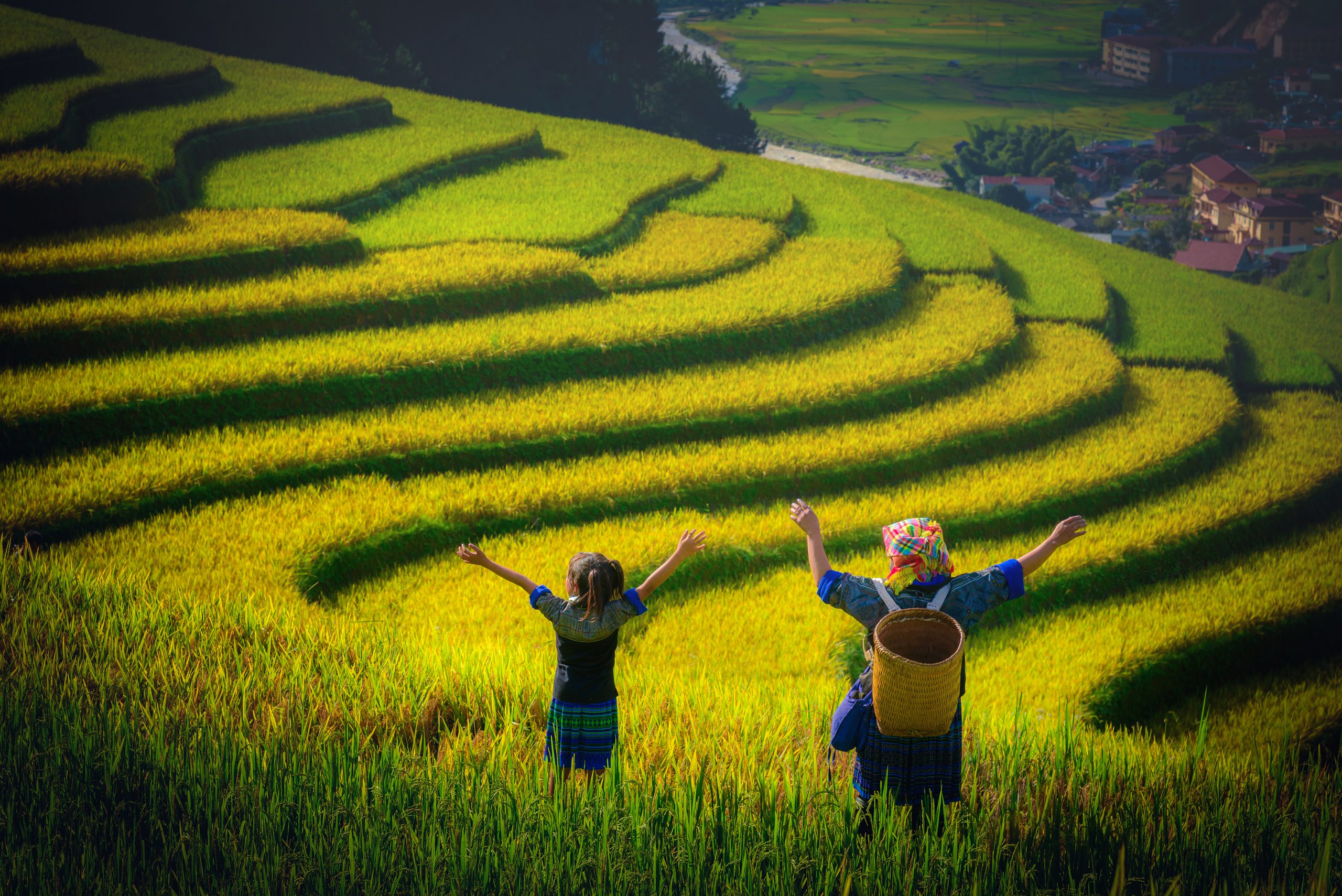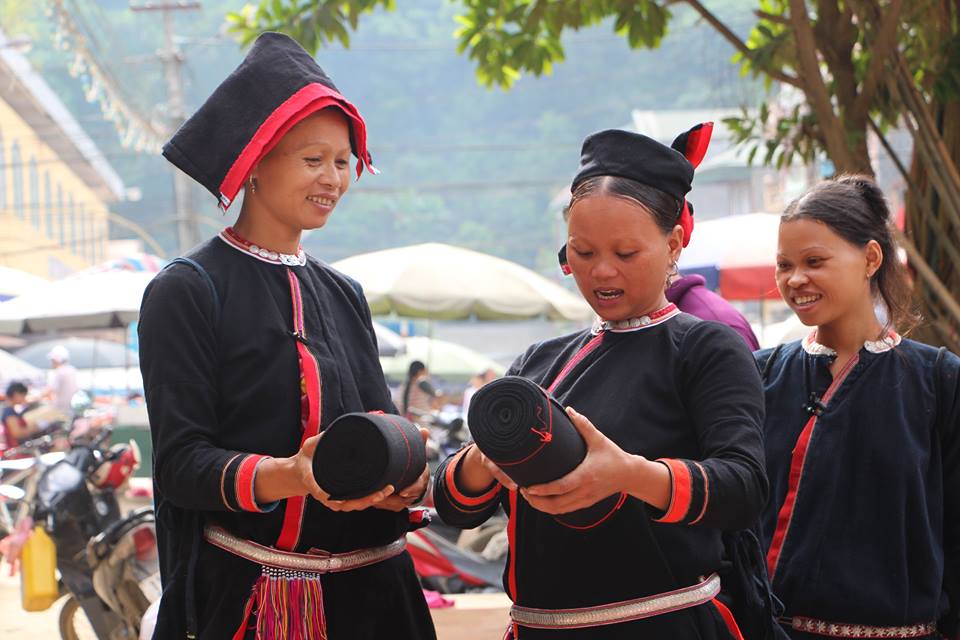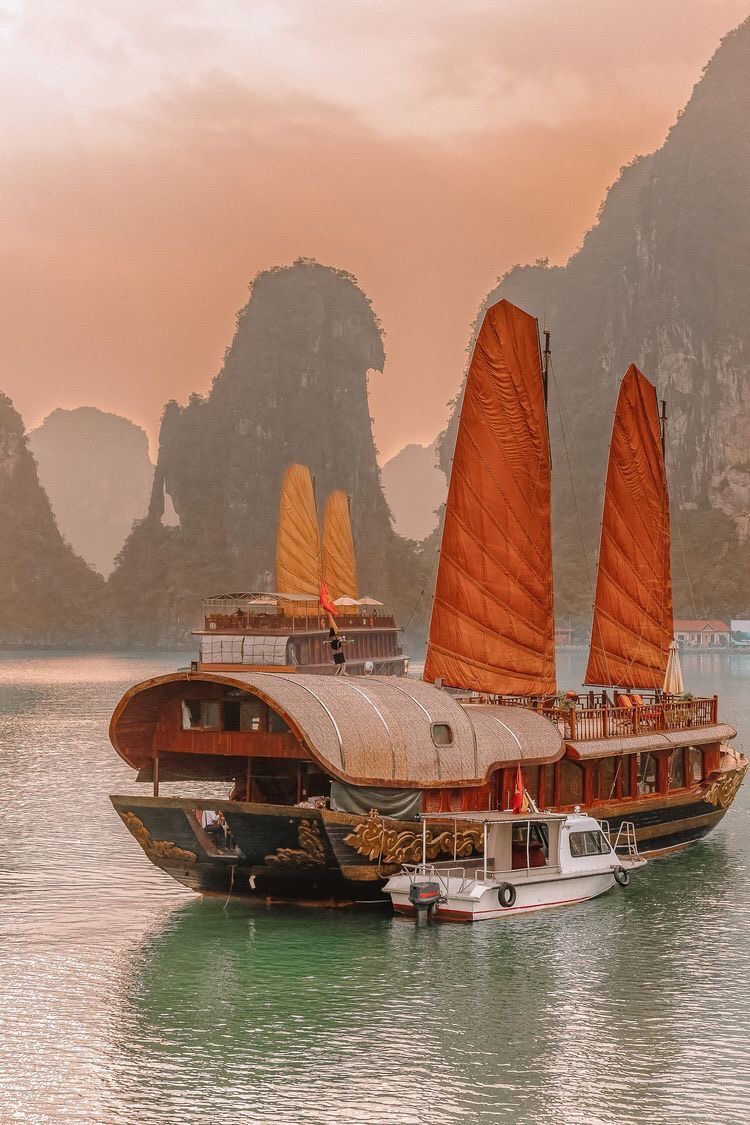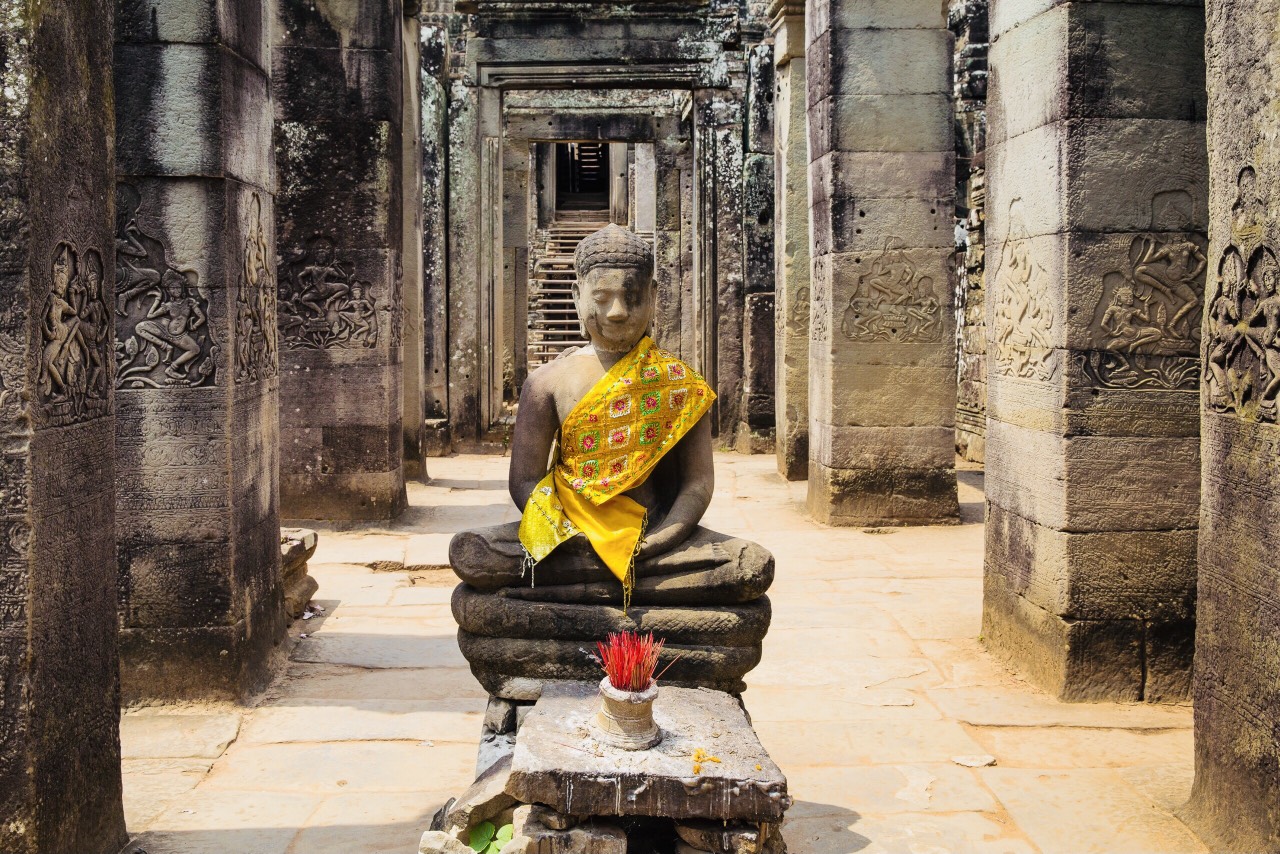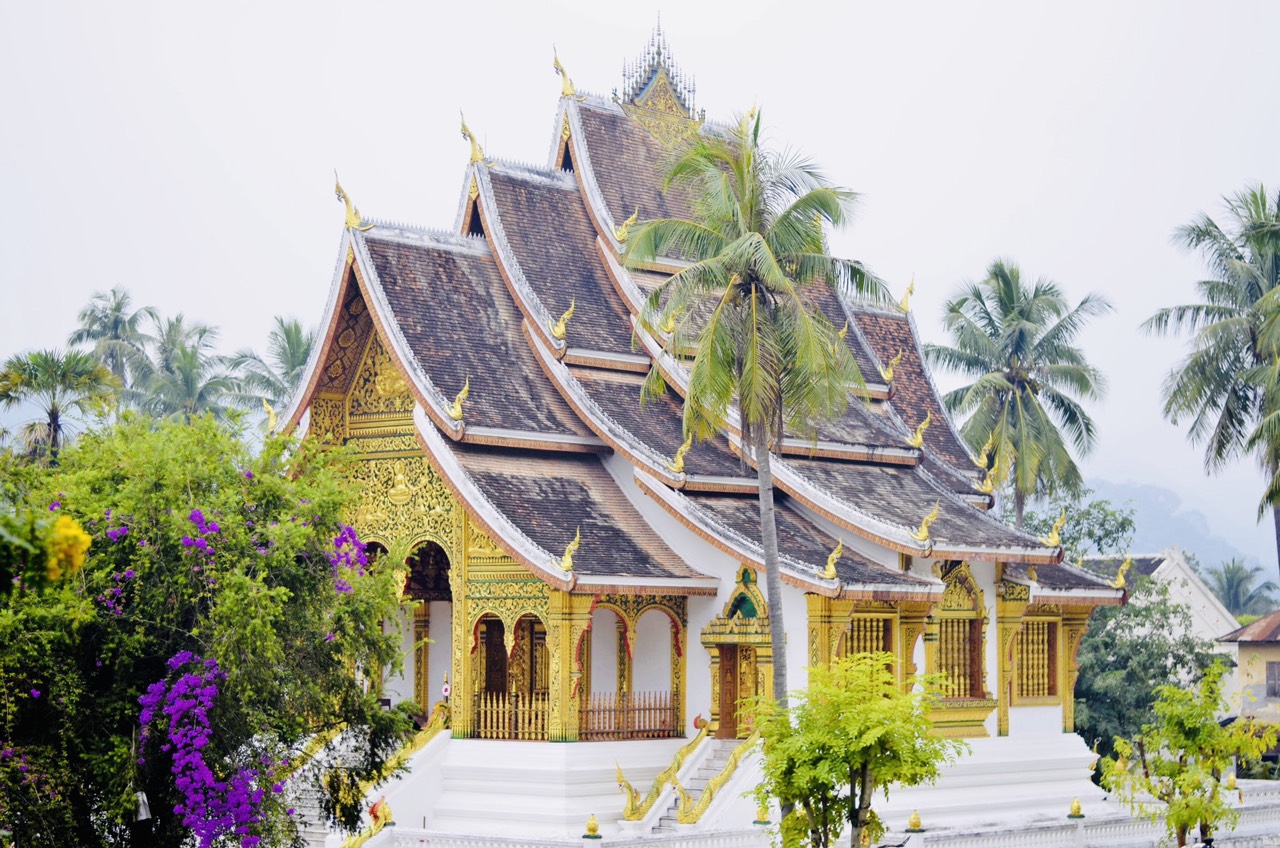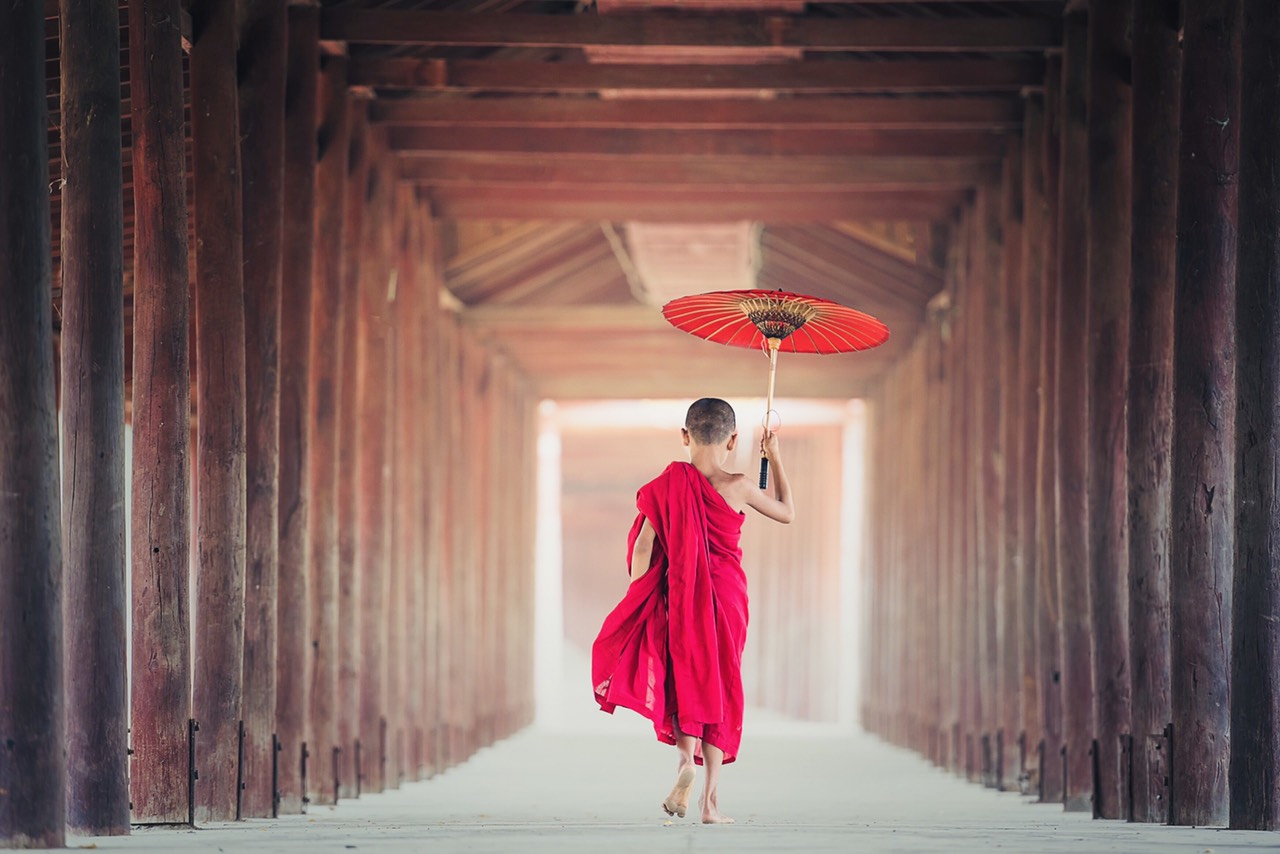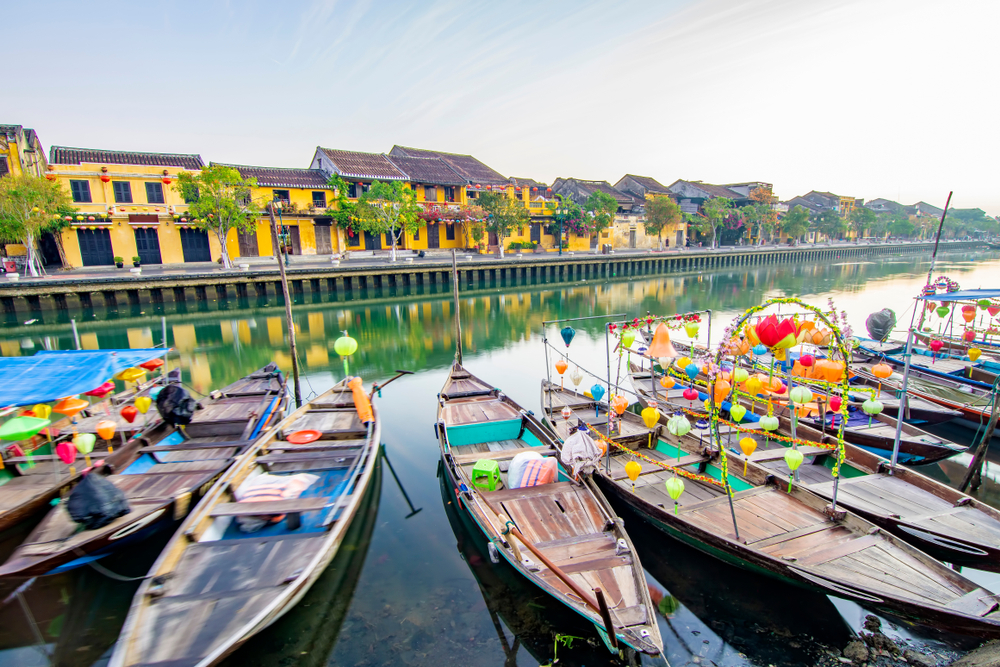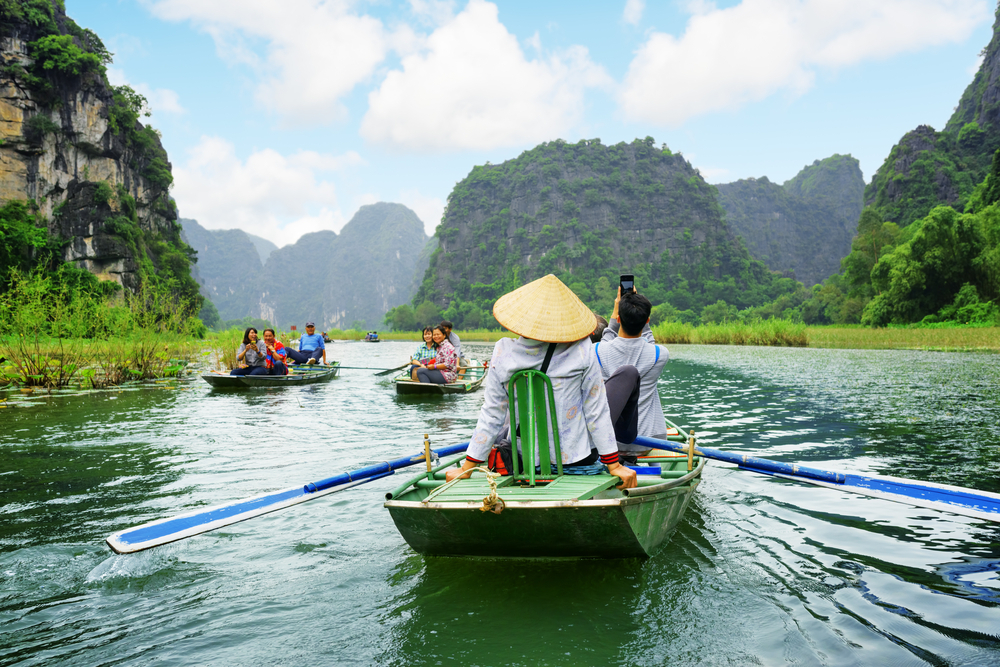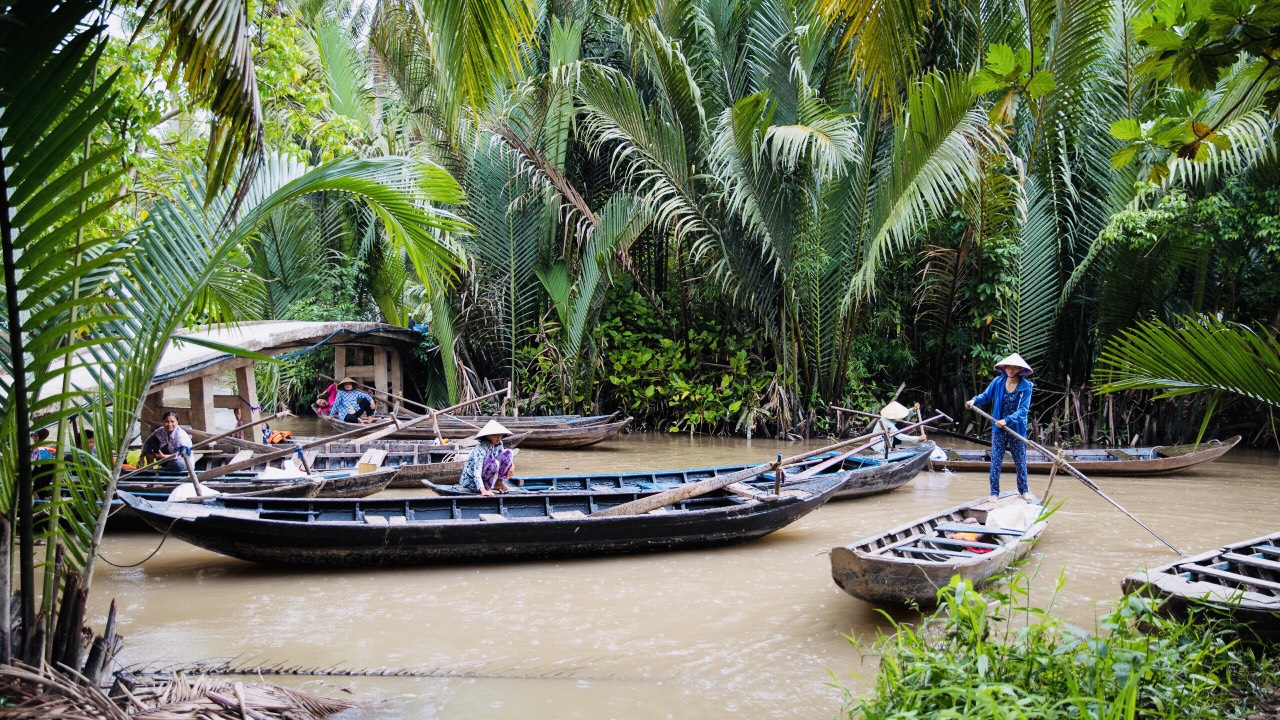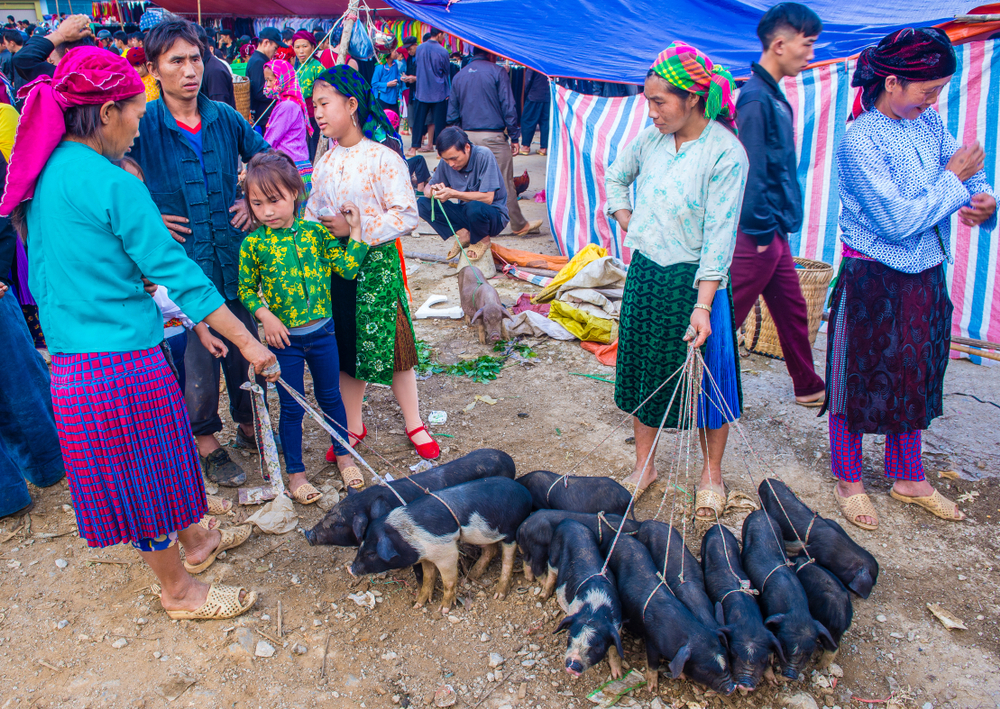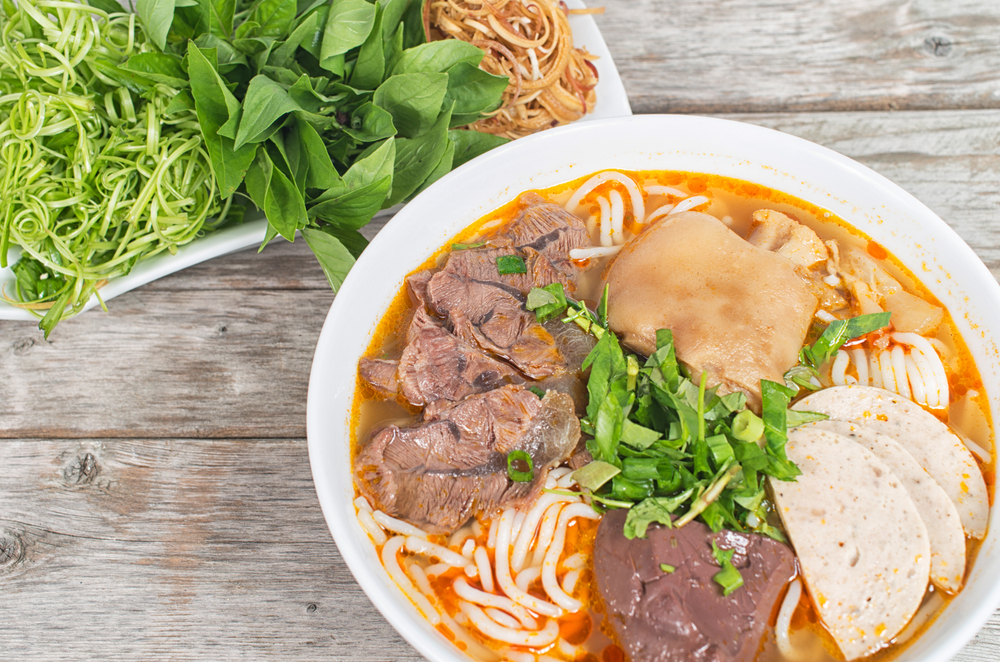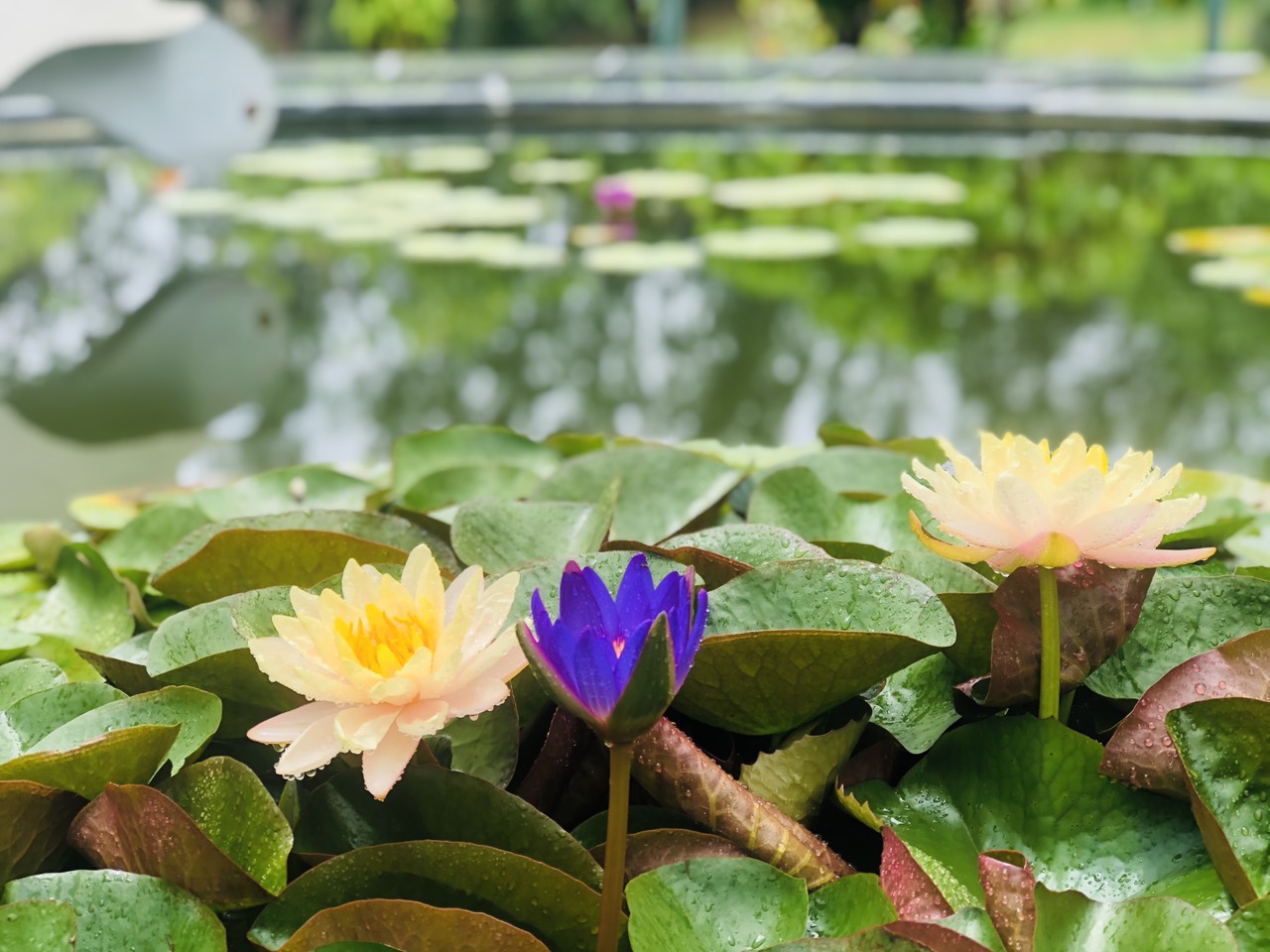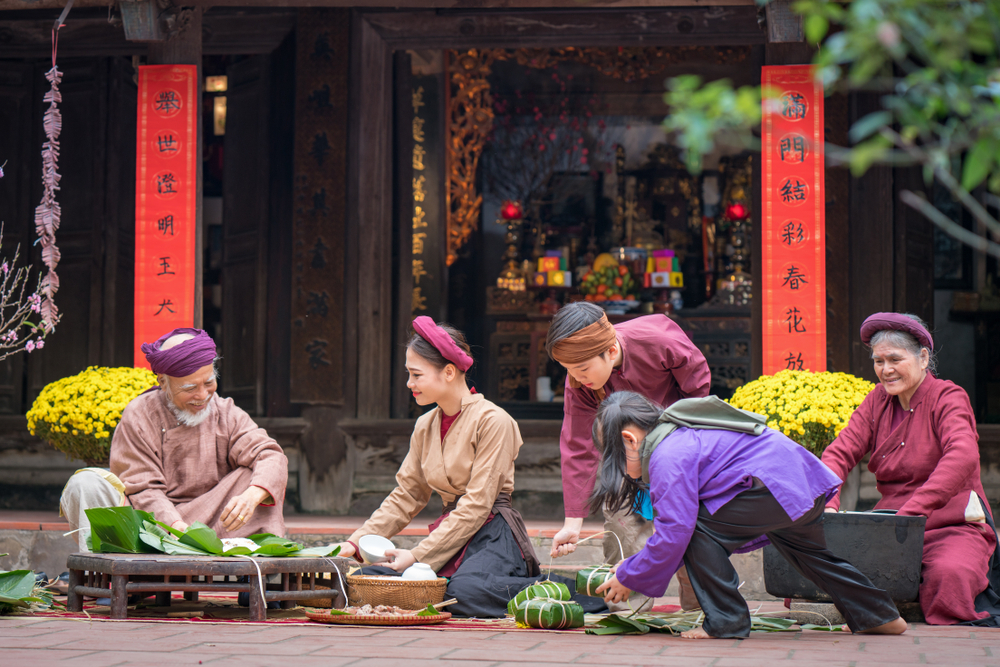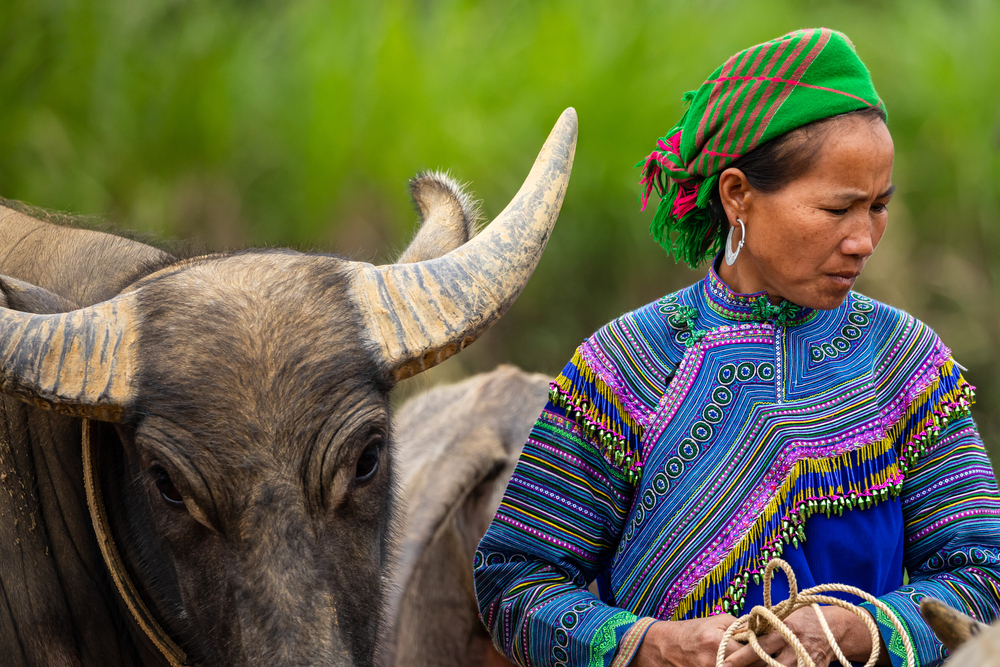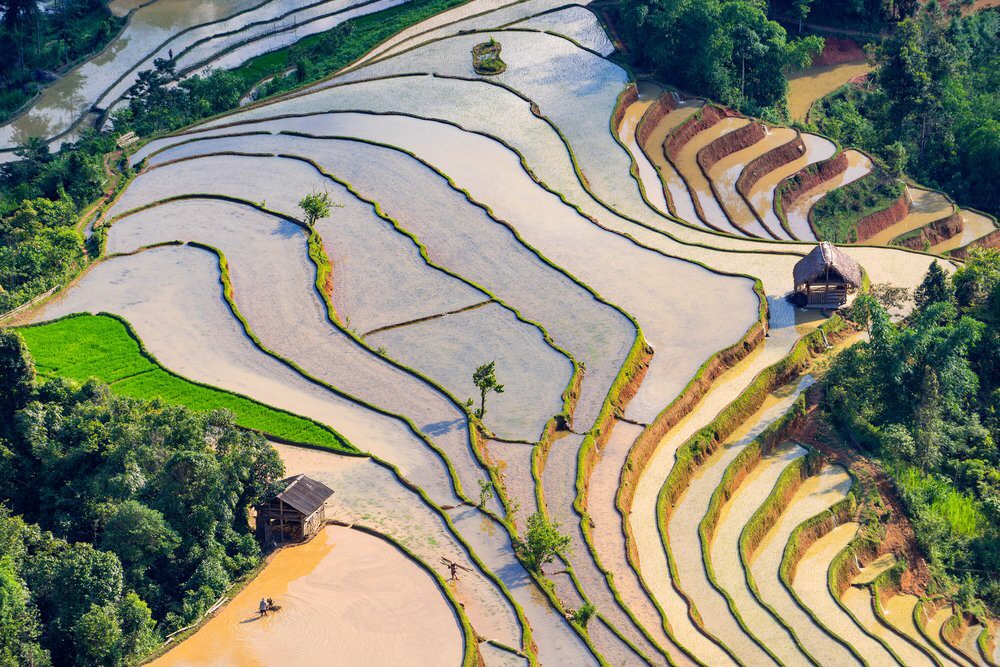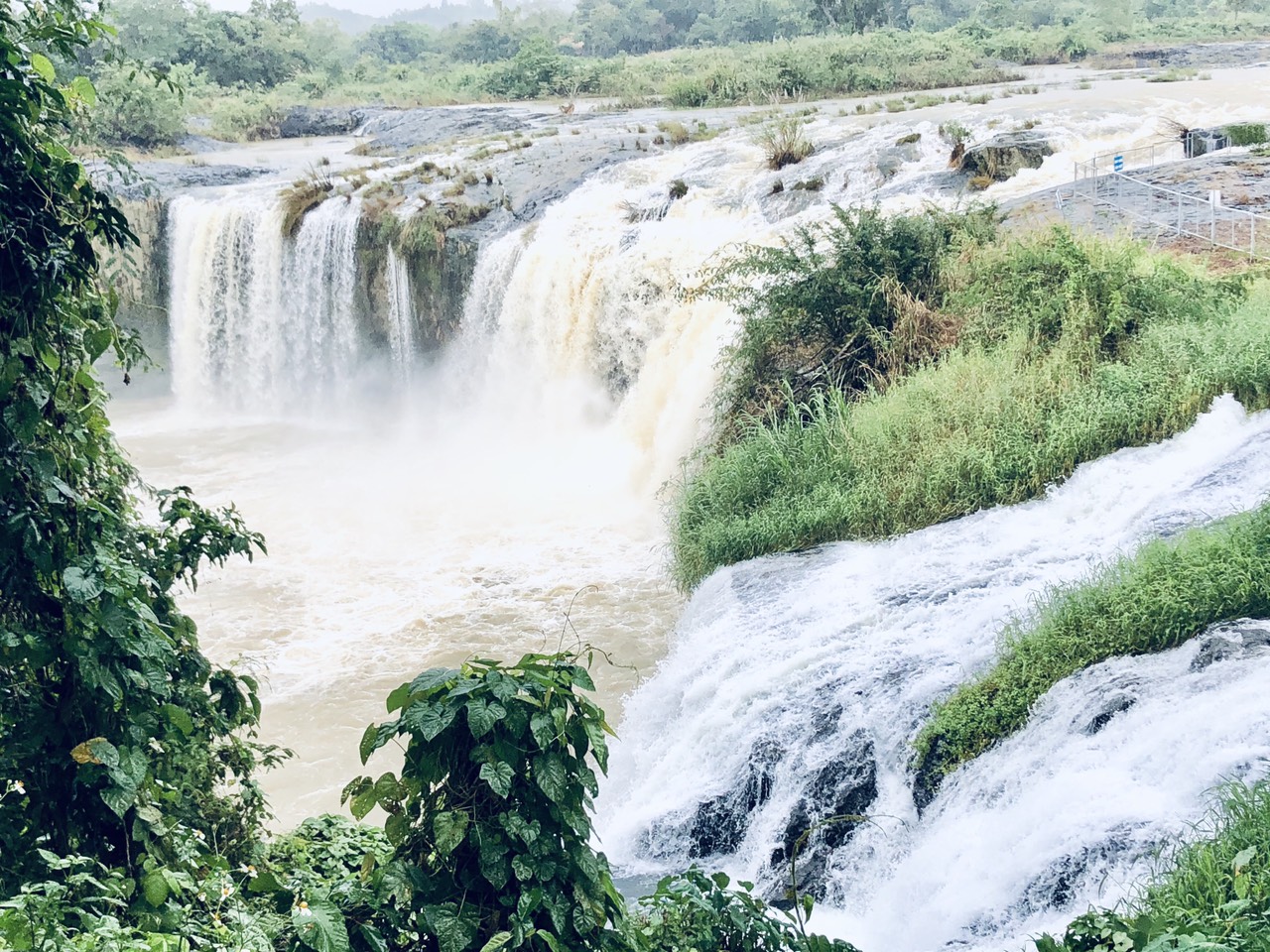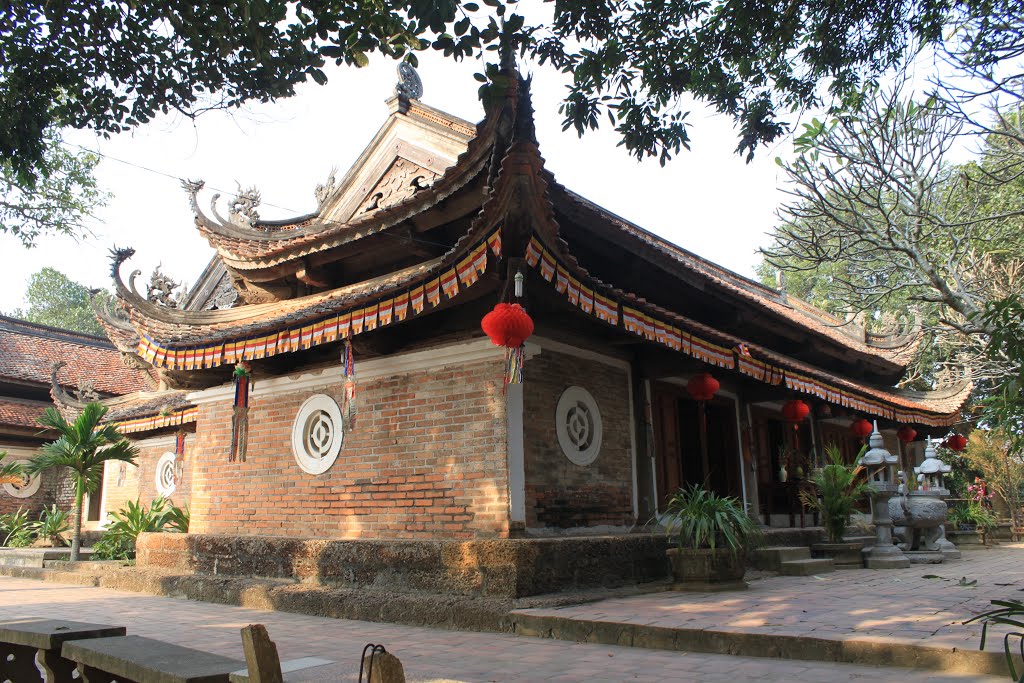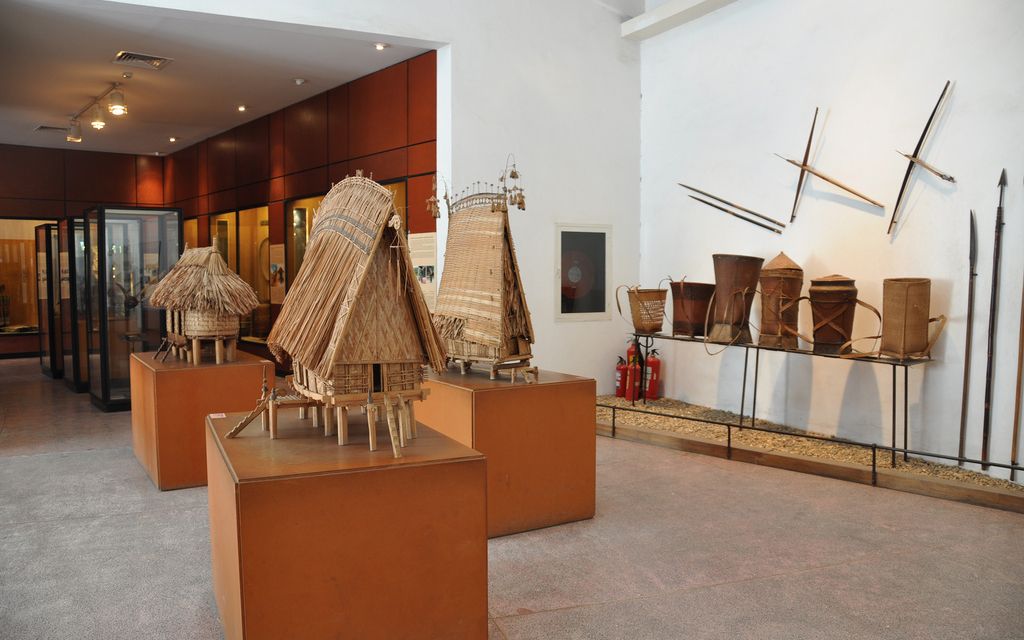
1. About the Vietnam Museum of Ethnography
The exciting Museum of Ethnography of Vietnam is located at No 1 Nguyen Van Huyen Street, in the Cau Giay district (4.5km west of the Temple of Literature). Organized with the help of the Musée de l’Homme in Paris, the exhibition is dedicated to the 54 ethnic groups of the country, with a special focus on the mountain people. President Jacques Chirac inaugurated the Hanoi museum during the Francophonie Summit on November 12, 1997. The astonishing drum-shaped building of the Dong Son culture houses on two floors, artisanal weaving, pottery, ritual paintings, musical instruments, braided objects, silver jewelry or agrarian tools of these peoples. There are regular temporary exhibitions.
The museum store sells books, postcards, handicrafts, textiles and CDs, in English and French.
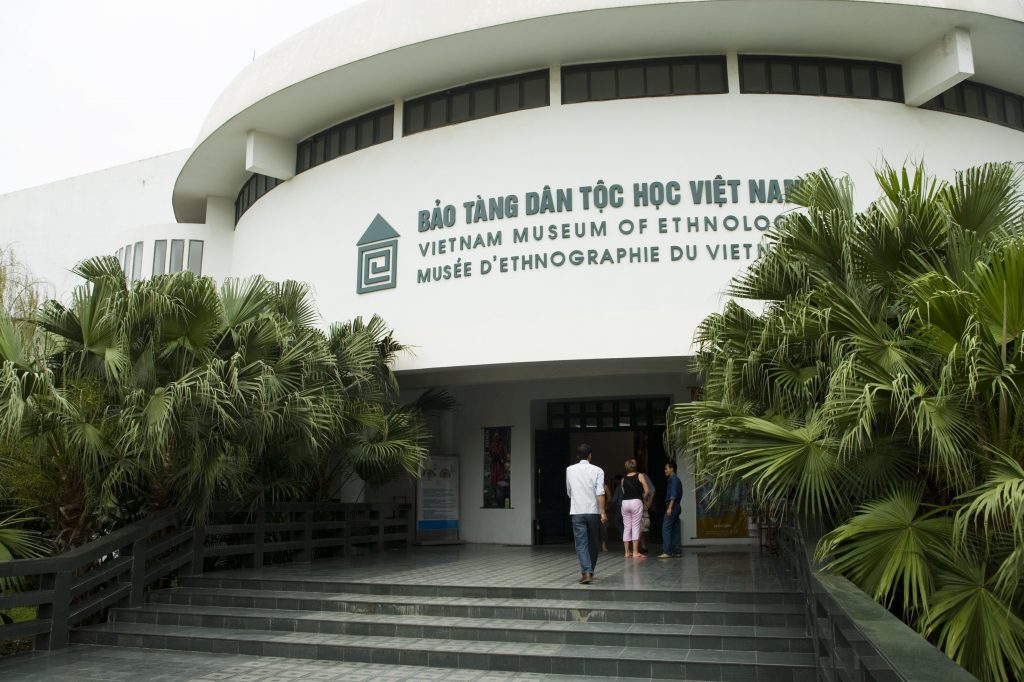
With great historical and cultural values, this place has become an attractive destination for international tourists with more than 100,000 tourists each year.
To note the very active contribution of the famous French ethnologist, Mrs. Christine Hemmet, specialist of the ethnic minorities of Vietnam and Asia.
2. The unique architecture of the Vietnam Museum of Ethnography
The Ethnography Museum is divided into 3 main areas: the 54 ethnic cultures exhibition area, the outdoor exhibition area and the Southeast Asia exhibition area, with a very scientific presentation allowing the viewer to easily memorize the distinctive identities of each area.
Bronze Drum building

You don’t need to go to Ha Giang to learn about the Tay culture, you don’t need to go to Nghe An to learn about the Chut customs,… at the Trong Dong building, in the heart of Hanoi, you will be able to see it all with your own eyes.
Conical hats, fishing nets, bicycles carrying rattan baskets, clothes, loincloths, scarves, brocade dresses, baskets, trays, handkerchiefs, pictures of ceremonies, funerals, weddings, etc. are all meticulously and vividly staged.
You will also find a traditional altar, a familiar image to the Vietnamese. In every house, in the pagoda and in the temple, the altar symbolizes the practice of Buddhism and ancestor worship.
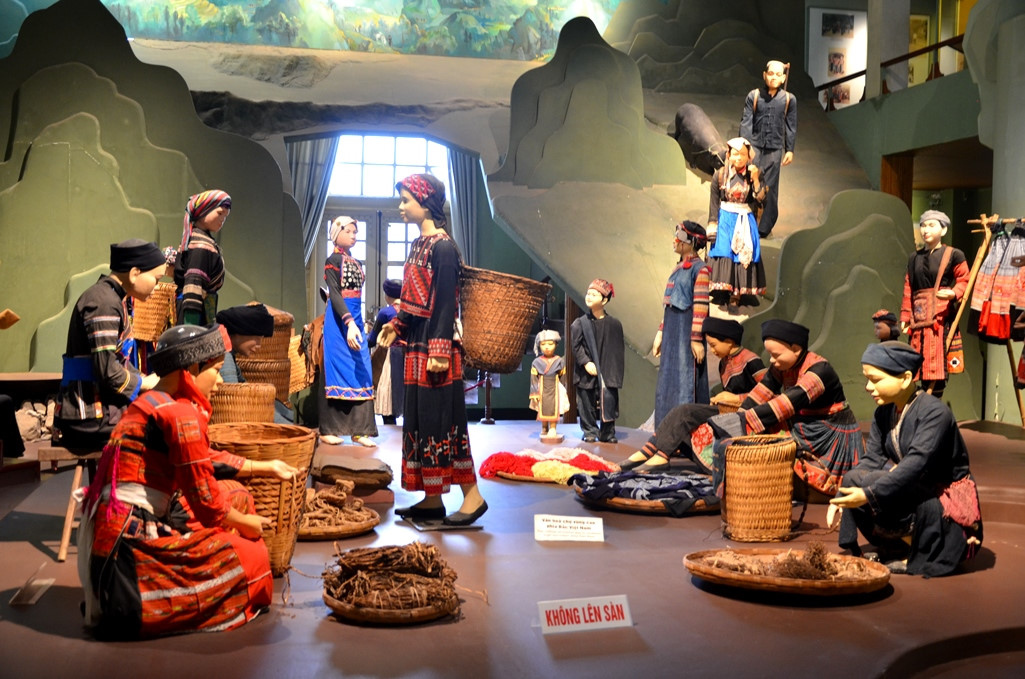
This museum also has a temporary exhibition space, continuously renewing the themes, which allows a greater visibility of the collections that can not all be exposed at the same time due to lack of space, it also allows to vary the exhibitions, to avoid a feeling of boredom to visitors, they can better understand the evolution of Vietnam over their visits.
Outdoor exhibition area
This is the largest area of the museum, with 2 ha, and it has another name: the architecture garden. Yes, the name says it all, this place mainly presents the traditional architectural works of 10 ethnic groups of Vietnam.
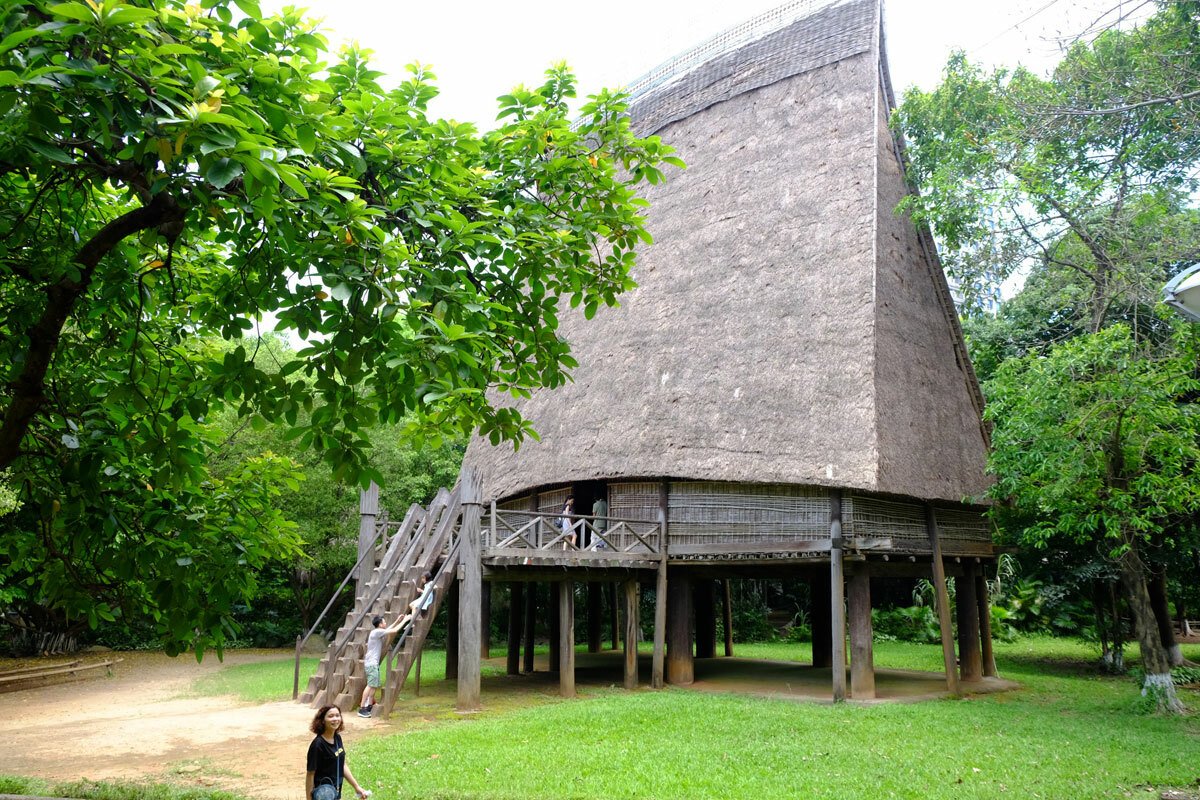
You must visit: the shiny red-tiled house of the Vietnamese, the long house of the Ede people, the communal house of the Bana people, the stilt house of the Tay people, the shingled house of the Hmong, the mud house of the Ha Nhi, etc…
What is impressive is that all the houses are clearly reproduced in the smallest details, arranged according to the structure of each ethnic group. Some of these houses are even original, moved from their villages to the museum. Tourists will sometimes have the impression of being lost in a small village, with its breath of life.
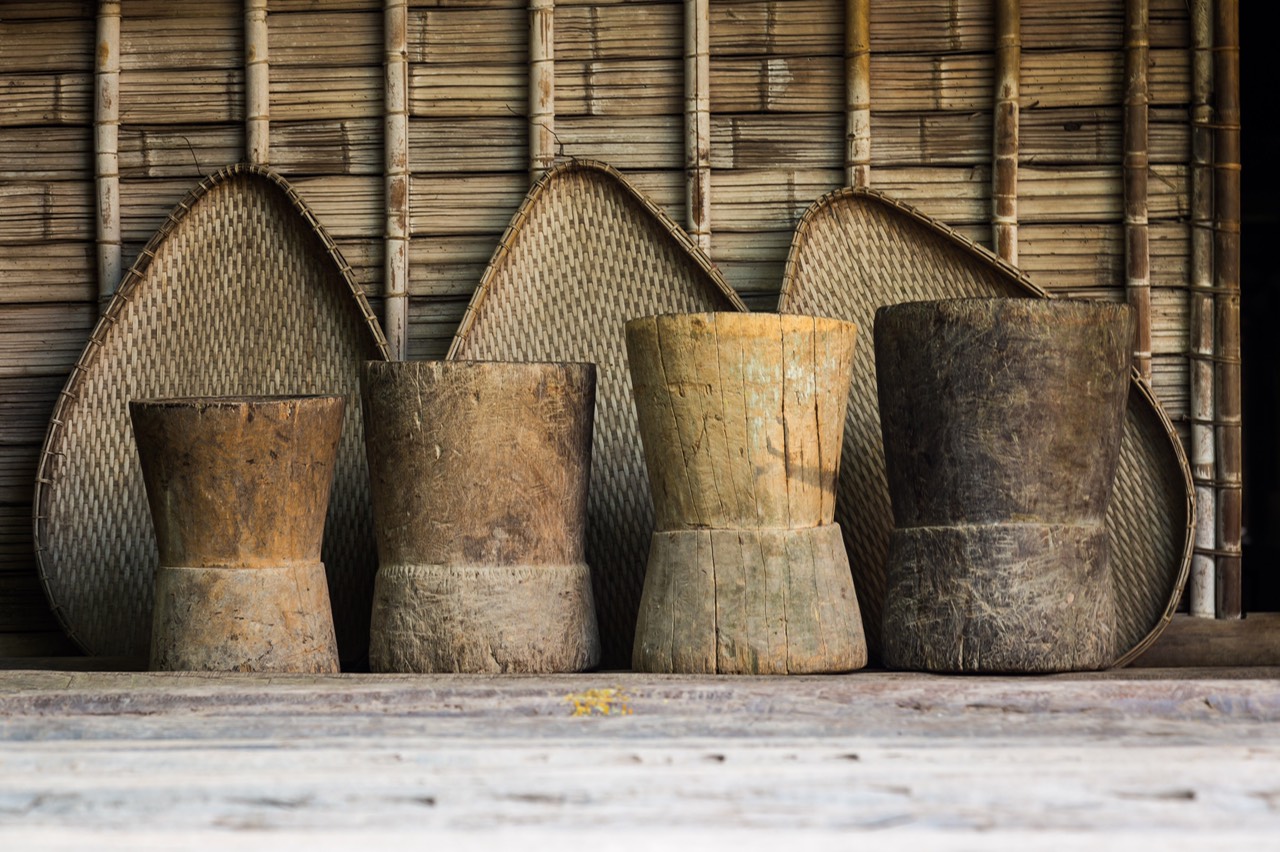
There are green trees offering their beneficial shadows, wooden bridges over rivers, winding streams or paved roads… making the space where the museum is located more airy and cool.
3. The South East Asia building
The building is shaped like a kite – suggesting that Vietnam could reach this height, extending further. Recently built, this area immediately attracted the attention of visitors.
Through the typical objects, visitors can better understand Southeast Asian countries without having to travel to the country.

In this building, there are regular international exhibitions, with very attractive themes such as: Around the world or A glimpse of Asia, … You will be able to admire unique and new things from regions where you have not yet set foot.
4. Some practical remarks
Every Saturday and Sunday, this place organizes leisure activities such as water puppets, folk games and folk songs. It is really an interesting attraction not to be missed during your visit to Hanoi.
On the occasion of Lunar New Year, the museum offers many unique cultural activities. Coming to the museum on these days, you can participate in traditional dance performances, admire and ask for good calligraphy, and participate in making Tet sticky rice cakes (banh chung).
There are also small cafes for visitors to rest and regain strength after a long visit.
And before leaving the museum, don’t forget to visit the souvenir stalls to buy brocade, beautiful pottery, delicate handmade keychains or photos… This is your chance to find meaningful and memorable gifts for your family and friends.
